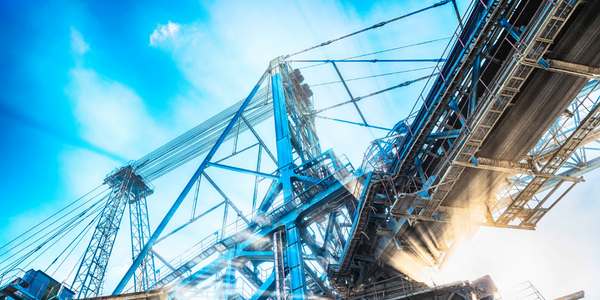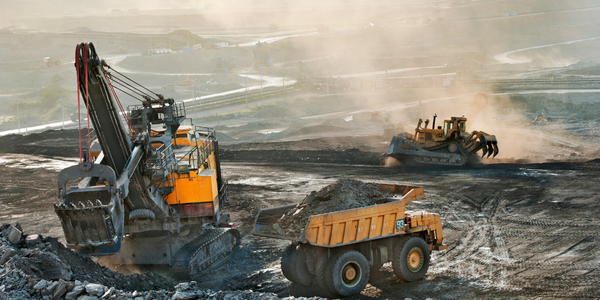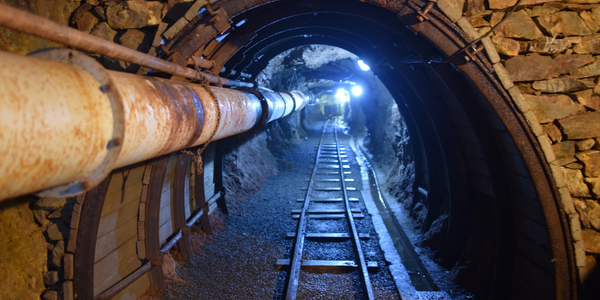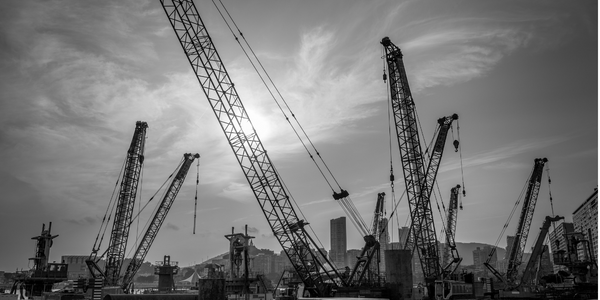Customer Company Size
Large Corporate
Region
- Asia
Country
- Indonesia
Product
- EcoStruxure Machine Advisor
- AVEVA Edge
- AVEVA Connect
Tech Stack
- IoT
- Cloud-based control
- Remote Monitoring
Implementation Scale
- Enterprise-wide Deployment
Impact Metrics
- Cost Savings
- Energy Saving
- Productivity Improvements
Technology Category
- Platform as a Service (PaaS) - Connectivity Platforms
- Platform as a Service (PaaS) - Device Management Platforms
- Analytics & Modeling - Real Time Analytics
Applicable Industries
- Mining
Applicable Functions
- Maintenance
- Logistics & Transportation
Use Cases
- Remote Asset Management
- Energy Management System
- Predictive Maintenance
Services
- System Integration
- Cloud Planning, Design & Implementation Services
About The Customer
Wilo is one of the world’s leading providers of pumps and pump systems for the building services, water management, and industrial sectors. For over 150 years, Wilo has consistently set the standards for pump development, from the creation of the first circulation accelerator in 1928 to the current generation of intelligent, high-efficiency pumps. The multinational company entered the Indonesian market in 2008, when PT Wilo Pumps Indonesia was established as a subsidiary of the Wilo Group. In Indonesia, Wilo Pumps partners with several mining companies, delivering intelligent, efficient, and sustainable pump solutions to meet their needs. Most of the mining companies require Wilo’s services for building dewatering systems at their sites.
The Challenge
Wilo Pumps Indonesia was tasked with designing and delivering a full dewatering system to help prevent future flooding events for a mining company. One of the main challenges that Wilo needed to tackle was the lack of access to the site. Its remote location makes inspecting, repairing, and maintaining the pump system extremely time consuming so the ability to monitor and control it remotely was vital. A smart pump and water management system with remote monitoring capabilities would be the answer to the customer’s requirements as it would also reduce operating costs while improving the reliability and security of the mining operation.
The Solution
Wilo decided to collaborate with Schneider Electric to build a fully integrated dewatering pump system using a combination of EcoStruxure Machine Advisor and AVEVA Edge, which operates on AVEVA Connect. EcoStruxure Machine Advisor offers robust functionalities that allow real-time control of the pump system so it can run immediately and precisely in case of a flooding event. Additionally, EcoStruxure Machine Advisor increases visibility by allowing the maintenance team to monitor machine performance with individual dashboards, predicting machine maintenance, and sending notifications when necessary. It also provides functionalities for troubleshooting and fixing the machines with cloud-based software tools. These features also help to improve machine consistency and performance.
Operational Impact
Quantitative Benefit

Case Study missing?
Start adding your own!
Register with your work email and create a new case study profile for your business.
Related Case Studies.

Case Study
Underground Mining Safety
The goal was to produce a safety system to monitor and support underground mining operations; existing systems were either too simple (i.e. phone line) or overly complex and expensive, inhibiting deployment, and providing little-to-no support in event of an accident. Given the dangerous nature of the mining work environment and the strict regulations placed on the industry, the solution would have to comply with Mine Safety and Health Administration (MSHA) regulations. Yet the product needed to allow for simple deployment to truly be a groundbreaking solution - increasing miner safety and changing daily operations for the better.

Case Study
Mining Firm Quadruples Production, with Internet of Everything
Dundee Precious Metal’s flagship mine, in Chelopech, Bulgaria, produces a gold, copper, and silver concentrate set a goal to increase production by 30%. Dundee wanted to increase production quality and output without increasing headcount and resources, improve miner safety, and minimize cost.

Case Study
Fastenal Builds the Future of Manufacturing with MachineMetrics
Fastenal's objective was to better understand their machine downtime, utilization, quality issues, and to embrace cutting-edge manufacturing technology/process improvement capabilities to bring their team to the next level. However, there was a lack of real-time data, visualization, and actionable insights made this transition impossible.

Case Study
Joy Mining Systems
Joy equipment faces many challenges. The first is machine integration and control. The business end of the machine has a rapidly-spinning cylinder with 6-inch diamond-studded cutting teeth. It chews through rock at rates measured in tens of tons per minute. The system grinds through the rock in front, creating a rectangular mine tunnel. Hydraulic lifters support the ceiling as the machine moves forward. Automated drills and screws drive 3-ft long screws into the ceiling to stabilize it. The rock and coal fall into a set of gathering "fingers" below the cutting cylinder. These fingers scoop up the rock and coal and deposit it onto a conveyor belt. The conveyor passes under the machine and out the back. A train of conveyor belt cars, up to a mile long, follows the cutter into the mine. The rock shoots along this train at over 400 feet per minute until it empties into rail cars at the end. Current systems place an operator cage next to the cutter. Choking dust (potentially explosive), the risk of collapse and the proximity of metal and rock mayhem make the operator cage a hazardous location.

Case Study
Improved Monitoring in Industrial Manufacturing Facility
When your crane is moving tons of magma-hot iron, you can’t afford an unexpected failure. McWane Ductile knew monitoring the crane motor metrics within their facility could help prevent a mechanical failure that would strand an enormous bucket of molten metal overhead. Unfortunately, their legacy wired monitoring system couldn’t work with moving objects in this extreme environment. If they could integrate wireless capabilities into their existing equipment they could extend their monitoring capabilities without starting over from scratch.




